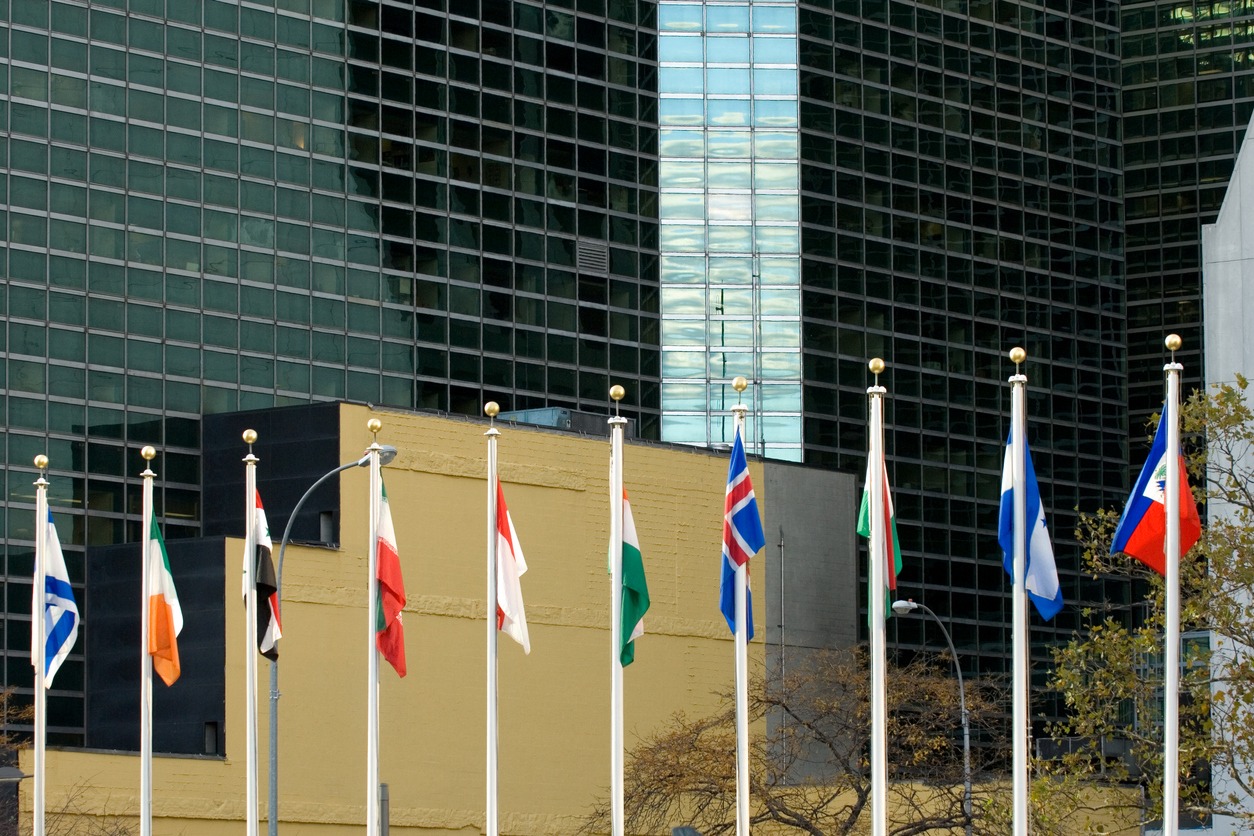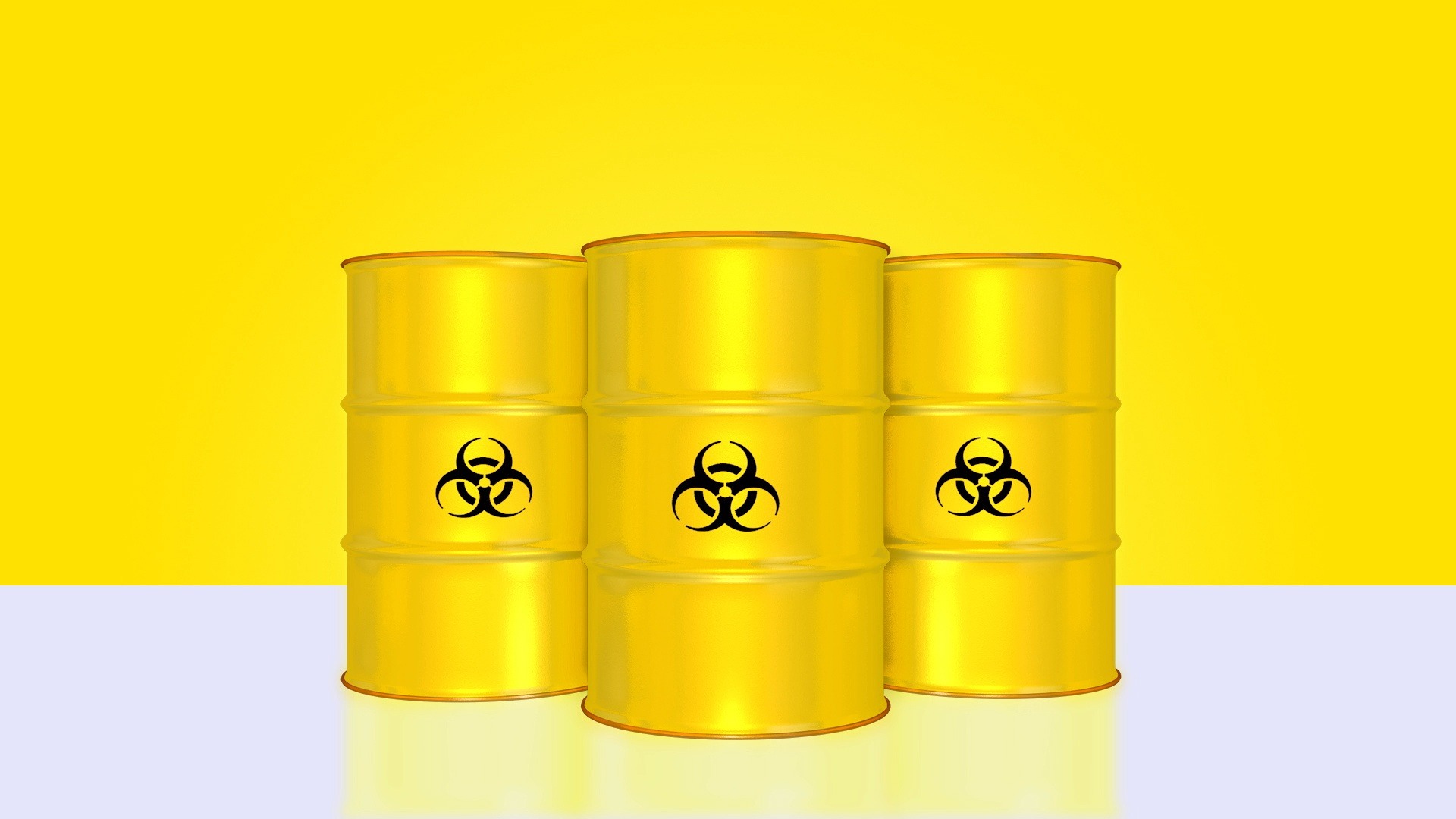Security Council Resolution 1540 (2004): Significance and Gaps
Since the beginning of this century, the world has witnessed an incremental deterioration of the international security environment, including an increased risk of terrorism and the proliferation of weapons of mass destruction (WMD). Although a number of treaties and other regimes deal with these threats, they nevertheless pose new dangers. To counter the risk of WMD terrorism, the UN Security Council unanimously adopted Resolution 1540 (2004) on 28 April 2004. Seventeen years on, it is important to assess its significance and relevance.
Significance of Resolution 1540 (2004)
There is no question that Security Council Resolution 1540 (2004) has filled gaps in the existing WMD non-proliferation regimes. This is particularly true where export controls are concerned.
First, the Resolution prescribed legally binding obligations to implement export control rules. The traditional rules as found in such export control regimes as the Nuclear Suppliers Group (NSG) and the Australia Group (AG) are no more than guidelines.
Second, the Resolution imposed obligations on all UN member States. The export control regimes’ guidelines are applicable only to their members which are forty more or less in number. It has been pointed out that the membership of the regimes has been deliberately restricted to limit the disclosure of sensitive information to States that pose proliferation risks. However, it is imperative for an export control regime to cover all capable States as well as, preferably, all States with important transit and transshipment ports. Otherwise, sensitive items may easily proliferate from or through those States. The Security Council has accomplished the difficult task of obligating all UN member States to implement export control rules without risking the disclosure of sensitive proliferation-related information.
Third, the Resolution went beyond the traditional export control measures by covering some perceived loopholes in the existing regimes, such as lack of controls over transit and transshipment, as well as over funds and services related to such export and transshipment.
No Deadline for Implementation
This by no means signifies that Resolution 1540 (2004) is without defects; there are in fact certain gaps in it. First, while the Resolution was successful in imposing legal obligations on all UN members, it did not specify the deadline by which the obligations have to be fulfilled. As a result, technically, no UN member would be held in breach of those obligations even if they are not fulfilled at any point in time. Although it would have been unrealistic to give specific deadlines for the implementation of Resolution 1540 measures, considering that States vary widely in their development of national export control systems, the silence about deadlines nevertheless has made the 1540 obligations relatively weak.
To facilitate the implementation of the Resolution, the “1540 Committee” was established, and States are called upon to present a report to the Committee on “steps they have taken or intend to take to implement [the] resolution.” The Committee is mandated to examine these reports (with the support of a Group of Experts) and report to the Security Council on the implementation of the Resolution. It is important to regularly renew their mandate even amid the pandemic situation.
Obscure Obligations
A second gap in Resolution 1540 (2004) is that the measures imposed are not specific enough to be practically effective. The Resolution simply states that all States shall establish “appropriate effective national export and trans-shipment controls,” including “appropriate laws and regulations to control export, transit, trans-shipment and re-export,” as well as “appropriate criminal or civil penalties for violations of such export control laws and regulations” (emphasis added). No more detailed elaboration is made except that such measures cover controls over related funds and services and require end-user controls. It has been pointed out that many developing countries with little experience in export control would have no idea what they are expected to do with regard to the national legislation they are legally obligated to enact.
It may also be important for some States to learn more specifically about how to enact laws and regulations to implement Resolution 1540 (2004) and what the main difficulties are in doing so. One way of sharing the relevant implementation experiences and lessons learned is to hold seminars for various stakeholders, including government officials and members of parliament of the States concerned, under the auspices of the 1540 Committee. Although these seminars do take place, they should take place more regularly, taking account of the specific requirements of each region. Moreover, in order to make the most of the opportunities, there should be a better system for matching assistance requests with assistance offers.
No List of Items
A third gap is that Resolution 1540 (2004) does not include an important element for any export control system to operate effectively, i.e., control lists. Indeed, agreeing on lists and on their revisions is one of the most important tasks of the meetings of the existing export control regimes. It is not an exaggeration to say that no export control regime can function well without a control list.
In a footnote to Resolution 1540 (2004), a definition is given for the key term of “related materials” as the objects of 1540 export control. The term is defined as:
materials, equipment and technology covered by relevant multilateral treaties and arrangements, or included on national control lists, which could be used for the design, development, production or use of nuclear, chemical and biological weapons and their means of delivery (emphasis added).
However, there is no such list in “multilateral [WMD non-proliferation] treaties” except for the Chemical Weapons Convention. Multilateral “arrangements” appear to refer to the existing export control regimes, but their membership is limited as pointed out earlier. “National control lists” are only available to such States as have already been engaged in export controls, and not to States where it is hoped they will be introduced. Thus, the definition of “related materials” in Resolution 1540 (2004) does not really serve its hoped-for purpose.
In this respect, attention should be paid to the fact that specific Security Council documents have reproduced the control lists of the existing export control regimes. They were originally prepared for Security Council Resolution 1718 (2006) for a mandatory North Korea sanction. As UN documents, they can be utilized in other UN contexts. It would be advisable to make those lists legally binding in the Resolution 1540 (2004) context by simply referring to them in a new Council resolution.
Outreach seminars are useful in this regard as well, because some of the lists are structurally and technically complicated. This is reflected in the fact that some States have remained outside the IAEA Additional Protocol because the NSG trigger list (partial application of which is required under the Protocol) is so complicated. Seminars are thus necessary to contribute to the better understanding of the relevant lists.
Conclusion
It is true that the implementation of Resolution 1540 (2004) is very demanding and requires constant efforts on the part of UN member States. But all States should understand that these efforts are tremendously beneficial to all.
In order to get States to understand this, it is important to conduct more regular and structured outreach activities to make the Resolution more user-friendly and encourage its universal implementation. In this sense, the Committee and its Group of Experts still have much to do beyond the forthcoming comprehensive review in 2021 to keep Resolution 1540 (2004) developing as the centerpiece of international efforts to prevent the exploitation of nuclear, chemical, and biological weapons by non-State actors.
About the Author
Masahiko Asada, former President of the Japanese Society of International Law, is Professor of International Law at the Faculty of Law, Doshisha University, Kyoto, and Professor Emeritus of Kyoto University. He served as Legal Adviser to the Japanese Delegation to the Conference on Disarmament in Geneva 1991-1993; the Japanese delegation to the Ad Hoc Group of the States Parties to the Biological Weapons Convention 1995-2001; and to the Japanese delegation to the NPT Review Conferences and their Preparatory Committees for many years since 2004. He was also a member of the UN Panel of Government Experts on Verification 2006-2007 and of the Panel of Experts for the DPRK Sanctions 2009-2010. He presently serves as a member of the Confidentiality Commission of the Organisation for the Prohibition of Chemical Weapons (OPCW).
Disclaimer: The opinions articulated above represent the views of the author(s) and do not necessarily reflect the position of the Asia Pacific Leadership Network or any of its members. The APLN’s website is a source of authoritative research and analysis and serves as a platform for debate and discussion among our senior network members, experts and practitioners, as well as the next generation of policymakers, analysts and advocates. Comments and responses can be emailed to apln@apln.network.
Image: iStock, Tashka.




